A new BGS platform to model volcanic ash in the atmosphere
BGS has supported the creation of a new modelling platform to aid research workflows around ash dispersion simulation.
16/12/2020 By BGS Press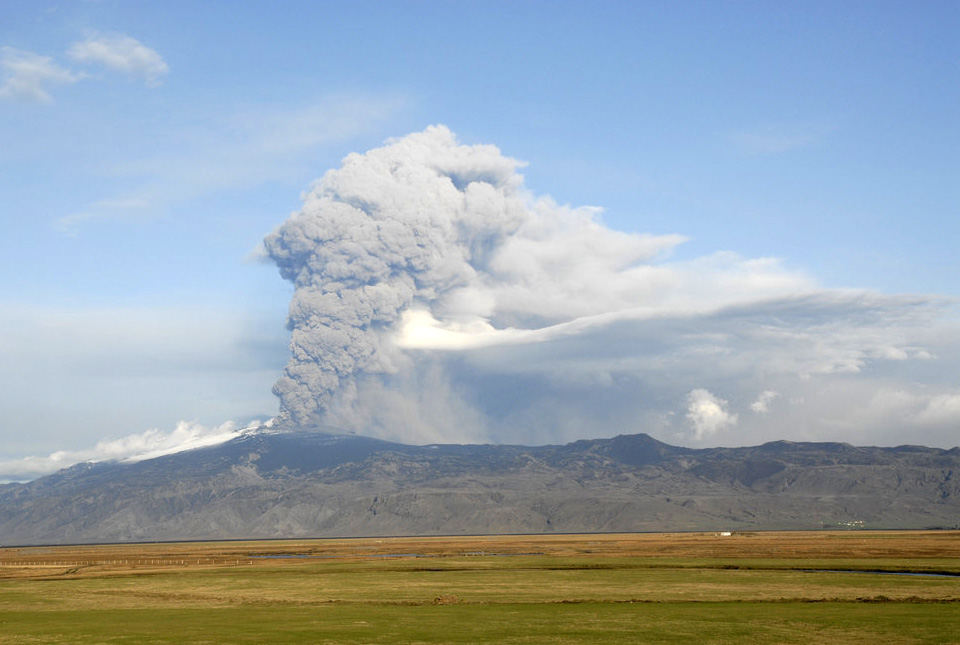
Fabio Dioguardi has been working as a volcanologist at BGS since 2015. His fundamental and applied research focuses on the physical processes and impacts of explosive volcanic eruptions by means of an integrated approach combining field data, experiments and modelling.
Volcanic tephra in the atmosphere and on the ground produced during explosive volcanic eruptions represents a threat to human health and infrastructure and possible serious disruption to various sectors of economy and business. For example, volcanic ash (tephra less than 2 mm in size) in the atmosphere can seriously damage aircrafts, leading to preventive measures like airspace closure in the event of an explosive volcanic eruption, similar to the 2010 eruption of Eyjafjallajökull in Iceland.
In order to mitigate the potential impact of these natural events, simulation tools to predict the advection and sedimentation of tephra in the atmosphere have been developed and are currently used by volcano observatories, Volcanic Ash Advisory Centres (VAAC) and researchers. The simulation of such complex phenomena is not an easy task, but it consists of two fundamental steps.
The first step is characterisation of the source, i.e. modelling of the volcanic plume by quantifying parameters like the source mass flux of emitted volcanic material (also known as mass eruption rate (MER)), the spatial evolution of the plume (e.g. top height; wind-blown trajectory), particle characteristics (grain size; density; shape), and duration of the eruption.
The second step involves simulation of the advection-diffusion-sedimentation of the emitted volcanic tephra cloud.
Both steps are coupled to numerical weather prediction model outputs, since weather conditions like temperature, humidity and wind influence both processes. For example, temperature and humidity influence the plume rise in the atmosphere, while wind can bend the plume and plays a major role in the near to far-field transport and sedimentation of volcanic ash.
The workflow leading to dispersion simulation outputs can be time-consuming and complicated, so BGS’s Innovation Flexible Fund supported the creation of a new modelling platform (BGS automatic ash dispersion modelling, or BGS-AADM) designed to simplify this workflow for both real-time and reanalysis (past eruption) applications.
This platform:
- automatically downloads and processes data of the NOAA-GFS numerical weather prediction model
- characterises the source conditions, particularly the top plume height and mass eruption rate, using both the BGS-USGS eruption source parameters database and REFIR, a semi-automatic tool for the quantification of top plume height and mass eruption rate (and associated uncertainty) based on observational data
We have used REFIR in collaboration with the Istituto Nazionale di Geofisica e Vulcanologia (INGV, Italy) to quantify these source parameters on selected test past eruptions of Mount Etna in the framework of the Horizon 2020 EUROVOLC project activities (Figure 1).
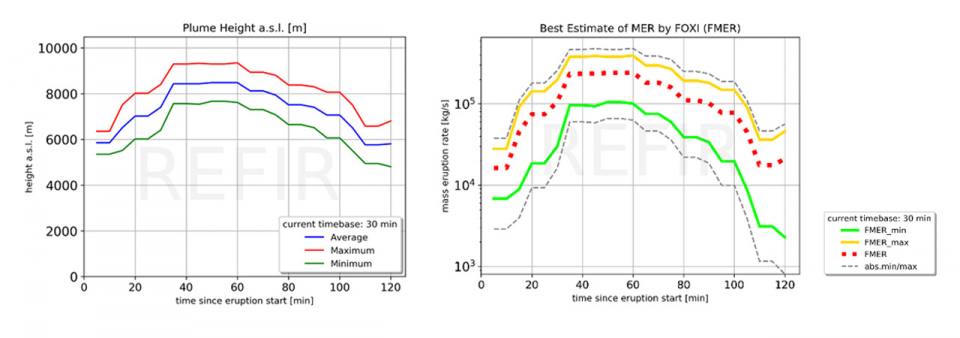
Figure 1 Plume height (PH) and mass eruption rate (MER) assessed by REFIR for the 12 January 2011 plume from Mount Etna. Left: PH time series (red line: maximum; blue line: average; green line: minimum). Right: MER time series (solid yellow line: maximum; dotted red line: best estimate; solid green line: minimum). BGS © UKRI.
The platform also:
- runs dispersion simulations with two dispersion models, HYSPLIT and FALL3D
- automatically produces contour plots of the dispersion simulations results with a new Python package (Ash Model Plotting) developed at BGS in the framework of the Innovation Flexible Fund project
Graphical outputs include maps of total column mass loading in the atmosphere, i.e. the total mass of tephra integrated from the ground to the top of the volcanic cloud, tephra concentration at various altitudes and total tephra deposit (mass loading) on the ground (Figure 2).
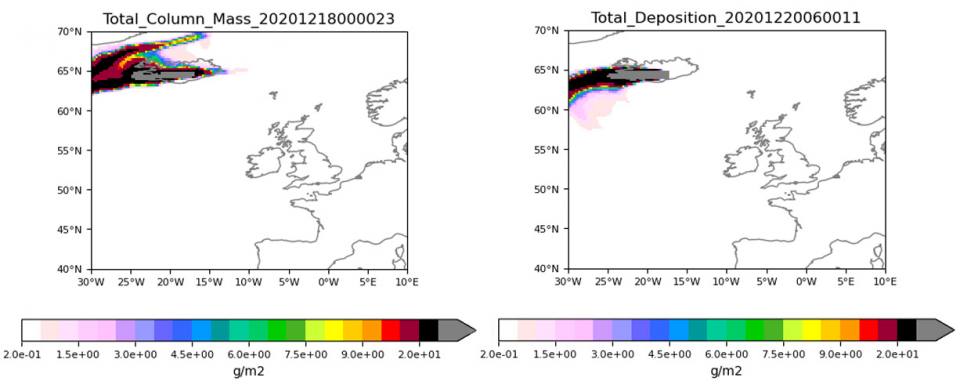
Figure 2 An example of graphical outputs obtained for an eruption scenario at Grímsvötn (Iceland). The plot on the left shows the total mass of volcanic particles present in the atmosphere from the sea level to the top of the ash cloud. The plot on the right shows the total mass of volcanic particles deposited on the ground from the beginning to the end of the simulated eruption. BGS © UKRI.
BGS-AADM is designed for both research applications on explosive volcanic eruptions producing ash clouds (e.g., the analysis of past events) and real-time applications during volcanic unrest and eruptions. In particular, it will be used as a further source of information to support BGS response during a future volcanic eruption in Iceland, in particular for better assessing the uncertainty of eruption source parameters and dispersion model outputs.
Jenkins, S. F., Wilson, T. M., Magill, C. R., Stewart, C., Blong, R. J., Marzocchi, W., et al. (2015). Volcanic ash fall hazard and risk. In S. C. Loughlin, R. S. J. Sparks, S. K. Brown, S. F. Jenkins, & C. Vye‐Brown (Eds.), Global Volcanic Hazards and Risk (pp. 173–221). Cambridge, UK: Cambridge University Press. https://doi.org/10.1017/CBO9781316276273.00
Dioguardi, F., Beckett, F., Dürig, T., Stevenson, J. A. (2020) “The impact of eruption source parameter uncertainties on ash dispersion forecasts during explosive volcanic eruptions”, J. Geophys. Res. Atmospheres, 125(17), https://doi.org/10.1029/2020JD032717
Costa, A., Suzuki, Y. J., Cerminara, M., Devenish, B. J., Ongaro, T. E., Herzog, M., van Eaton, A. R., Denby, L. C., Bursik, M., de Michieli Vitturi, M., Engwell, S., Neri, A., Barsotti, S., Folch, A., Macedonio, G., Girault, F., Carazzo, G., Tait, S., Kaminski, E., Mastin, L. G., Woodhouse, M. J., Phillips, J. C., Hogg, A. J., Degruyter, W., & Bonadonna, C. (2016). Results of the eruptive column model inter‐comparison study. Journal of Volcanology and Geothermal Research, 326, 2–25. https://doi.org/10.1016/j.jvolgeores.2016.01.017
Folch, A., Mingari, L., Gutierrez, N., Hanzich, M., Macedonio, G., Costa, A. (2020) “FALL3D-8.0: a computational model for atmospheric transport and deposition of particles, aerosols and radionuclides – Part 1: Model physics and numeric”, Geosci. Model Dev., 13, 1431–1458, https://doi.org/10.5194/gmd-13-1431-2020
Dürig, T., Gudmundsson, M. T., Dioguardi, F., et al. (2018) “REFIR- A multi-parameter system for near real-time estimates of plume-height and mass eruption rate during explosive eruptions”, J. Volcanol. Geotherm. Res. 360, 61-83, https://doi.org/10.1016/j.jvolgeores.2018.07.003
Relative topics
Related news
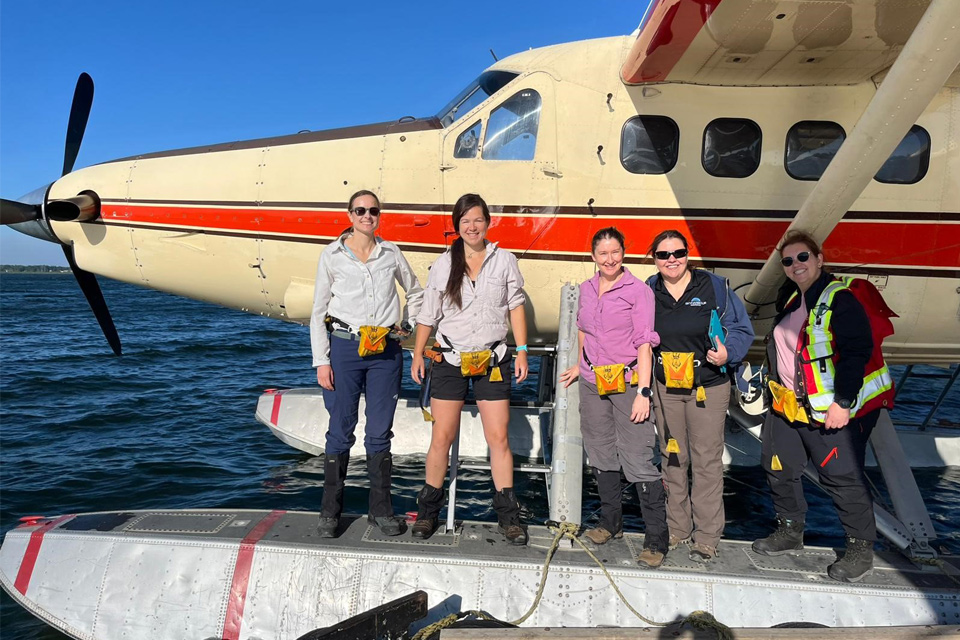
Funding awarded to UK/Canadian critical mineral research projects
08/07/2025
BGS is part of a groundbreaking science partnership aiming to improve critical minerals mining and supply chains.
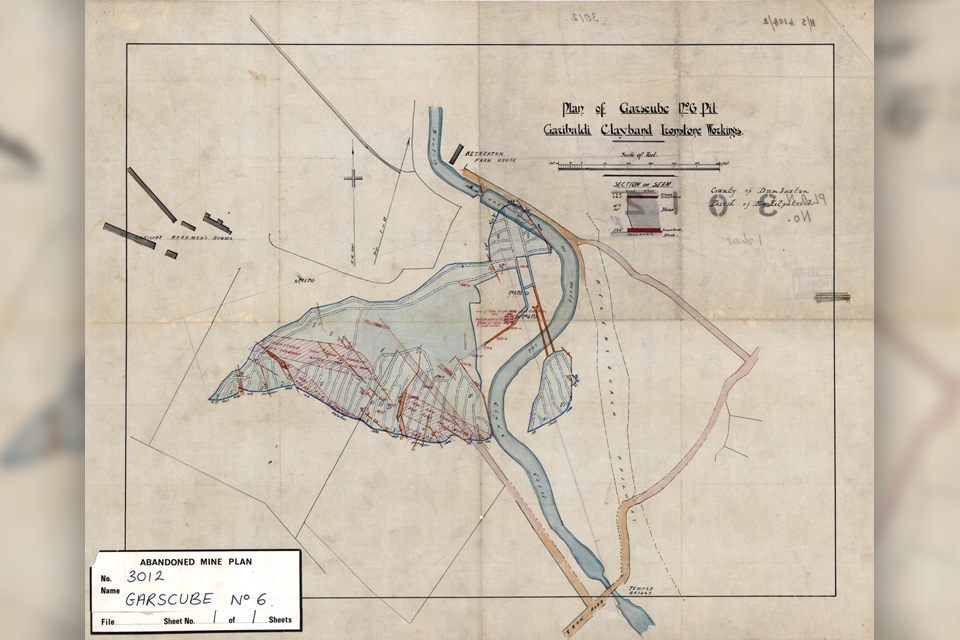
Release of over 500 Scottish abandoned-mine plans
24/06/2025
The historical plans cover non-coal mines that were abandoned pre-1980 and are available through BGS’s plans viewer.
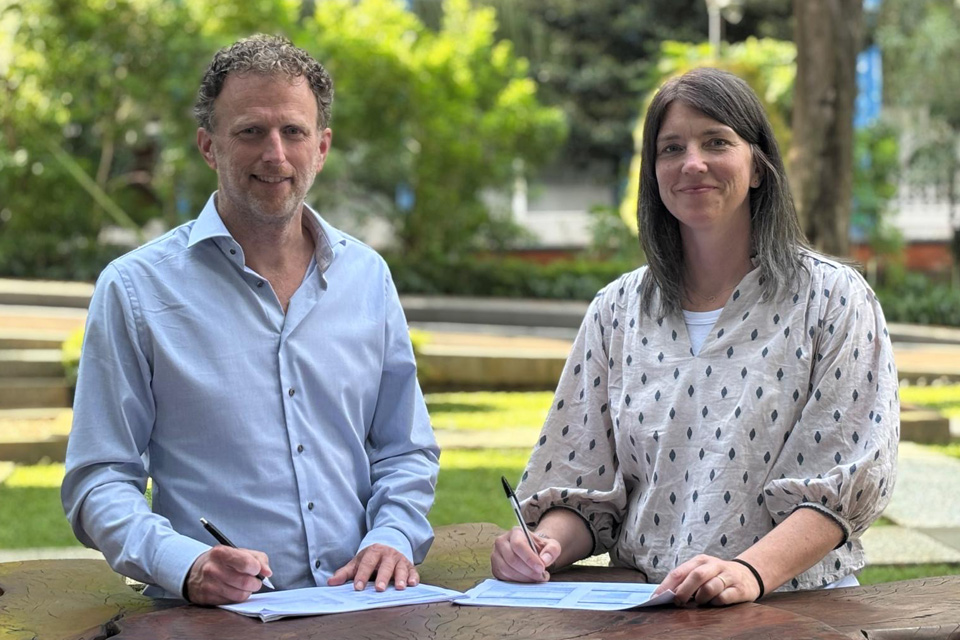
New collaboration aims to improve availability of real-time hazard impact data
19/06/2025
BGS has signed a memorandum of understanding with FloodTags to collaborate on the use of large language models to improve real-time monitoring of geological hazards and their impacts.

Modern pesticides found in UK rivers could pose risk to aquatic life
17/06/2025
New research shows that modern pesticides used in agriculture and veterinary medicines have been found for the first time in English rivers.

Goldilocks zones: ‘geological super regions’ set to drive annual £40 billion investment in jobs and economic growth
10/06/2025
Eight UK regions identified as ‘just right’ in terms of geological conditions to drive the country’s net zero energy ambitions.
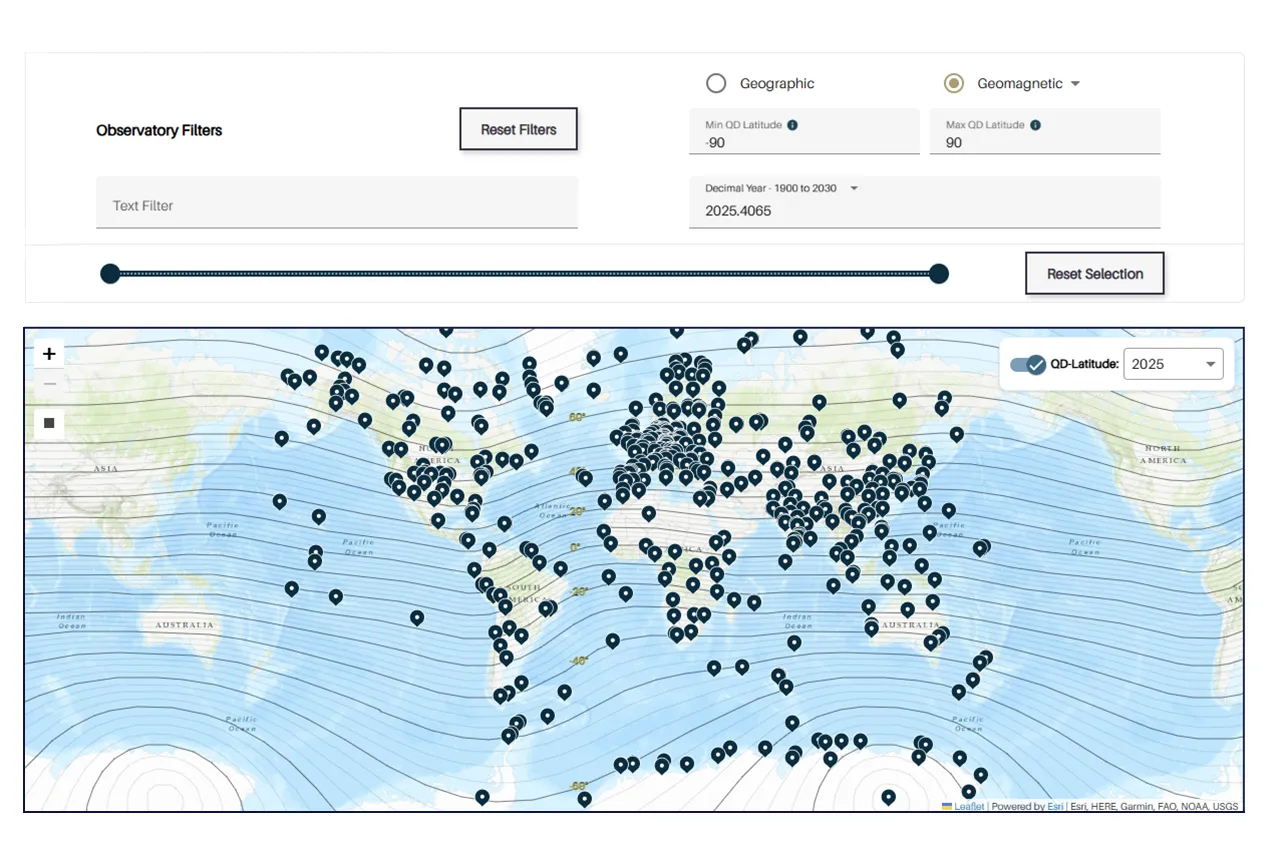
Upgraded web portal improves access to geomagnetism data
02/06/2025
BGS’s geomagnetism portal, which holds data for over 570 observatories across the world, has received a significant update.
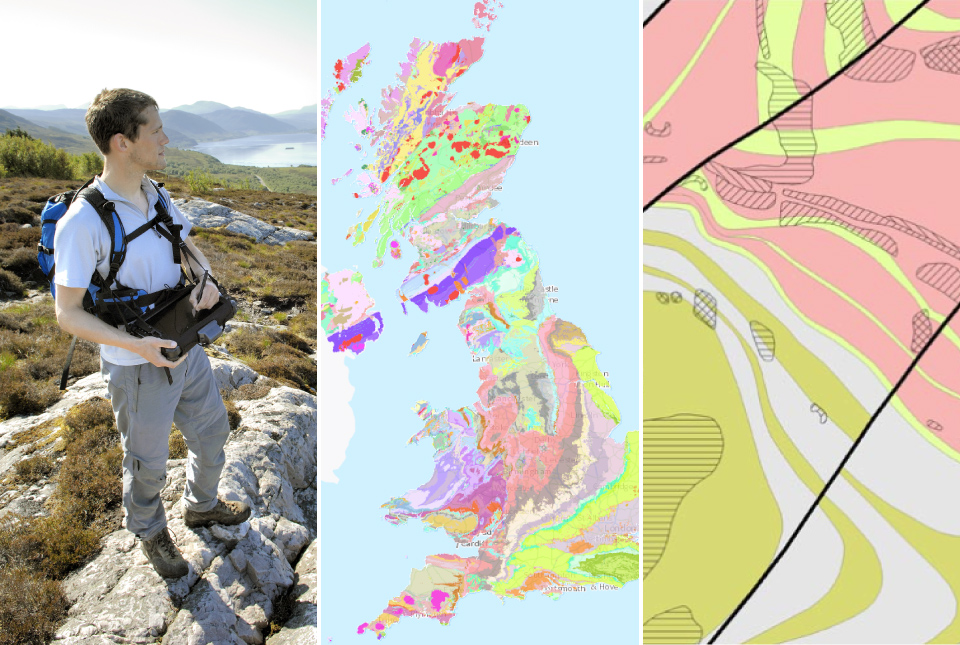
BGS digital geology maps: we want your feedback
29/05/2025
BGS is asking for user feedback on its digital geological map datasets to improve data content and delivery.
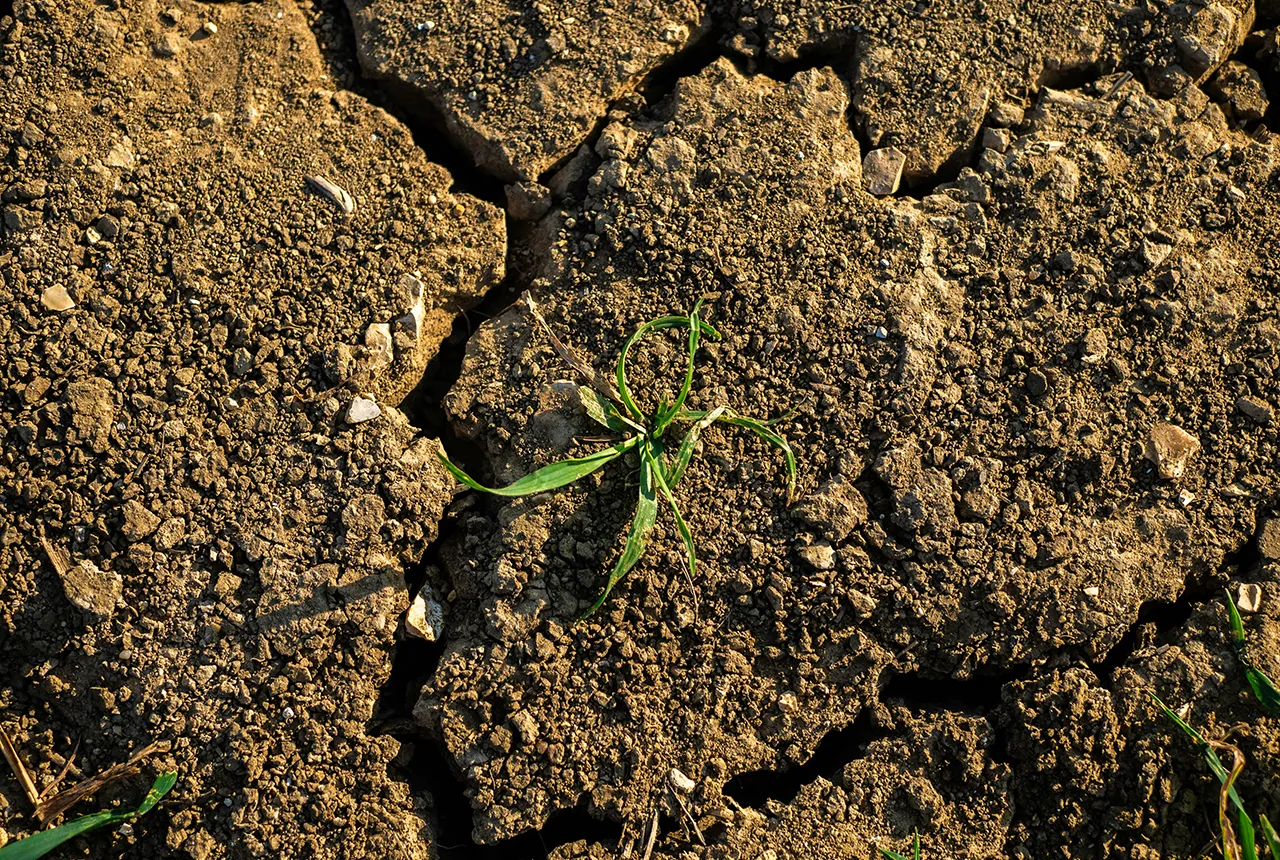
What is the impact of drought on temperate soils?
22/05/2025
A new BGS review pulls together key information on the impact of drought on temperate soils and the further research needed to fully understand it.
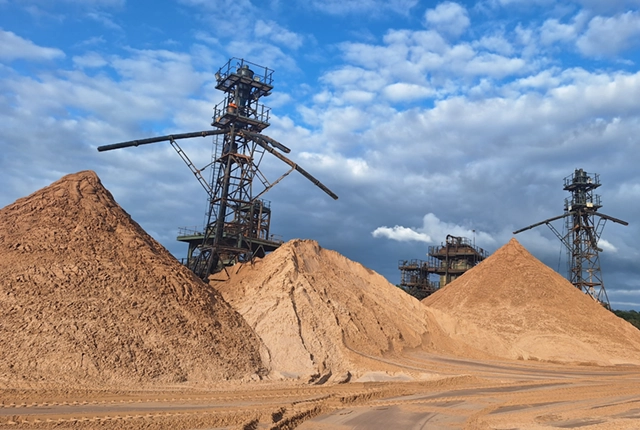
UK Minerals Yearbook 2024 released
21/05/2025
The annual publication provides essential information about the production, consumption and trade of UK minerals up to 2024.
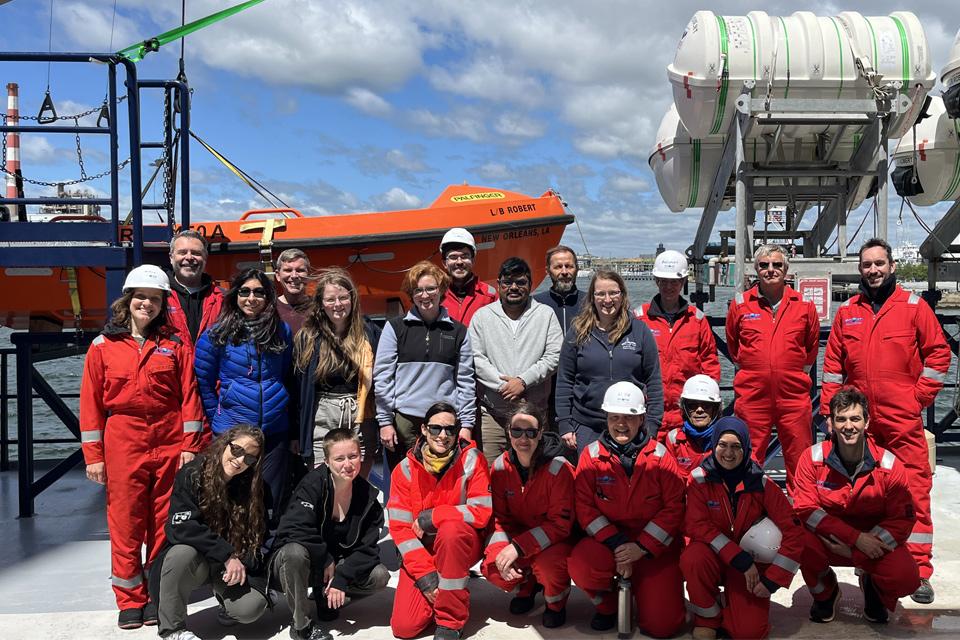
BGS scientists join international expedition off the coast of New England
20/05/2025
Latest IODP research project investigates freshened water under the ocean floor.
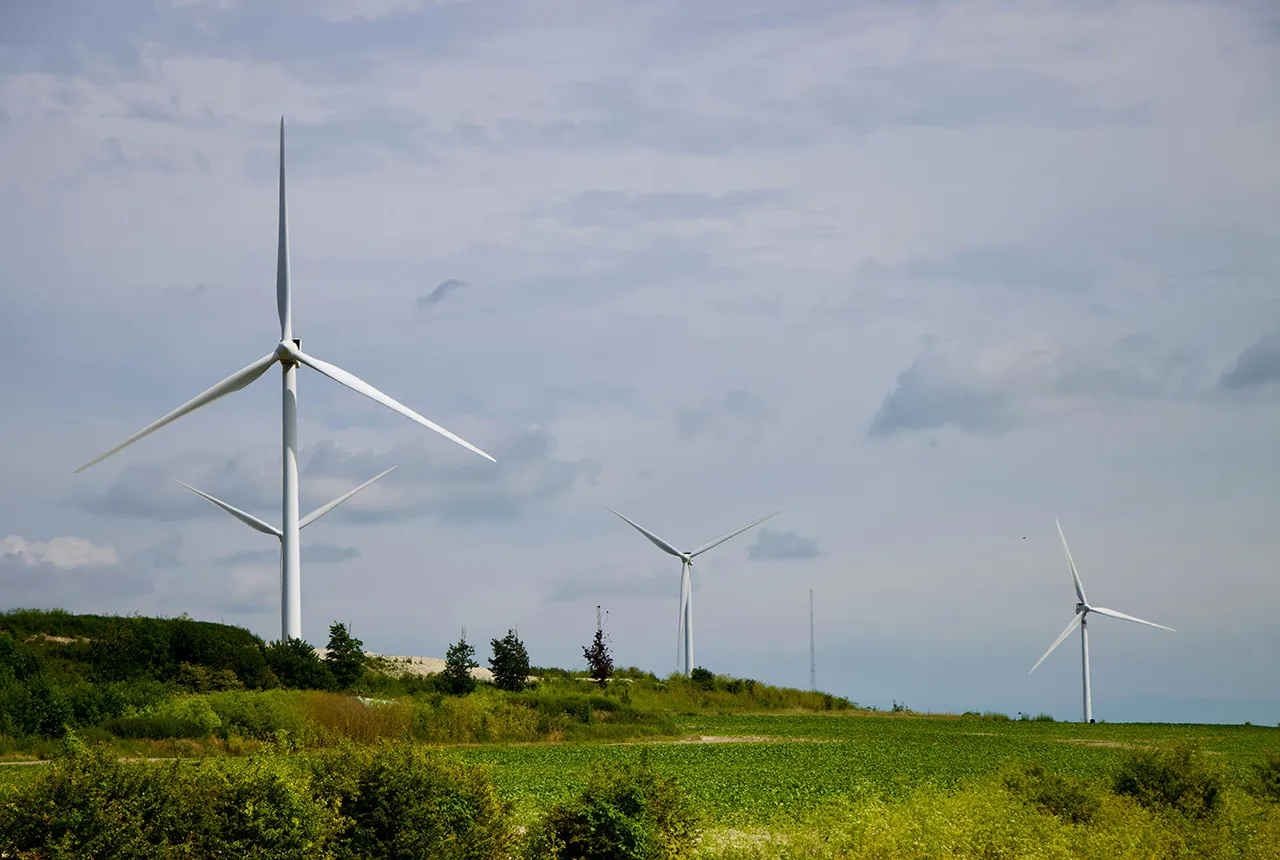
New interactive map viewer reveals growing capacity and rare earth element content of UK wind farms
16/05/2025
BGS’s new tool highlights the development of wind energy installations over time, along with their magnet and rare earth content.

UKRI announce new Chair of the BGS Board
01/05/2025
Prof Paul Monks CB will step into the role later this year.



